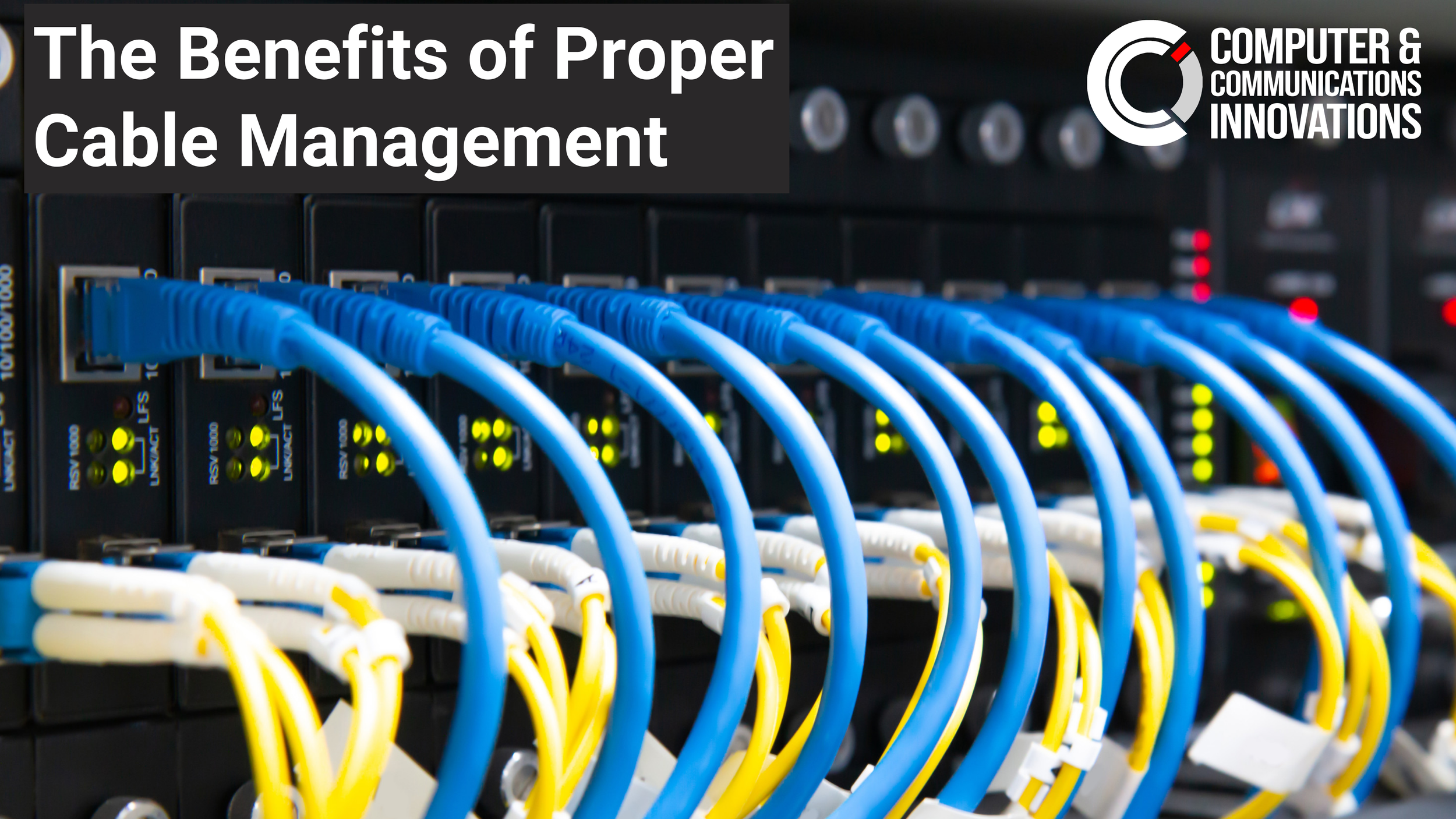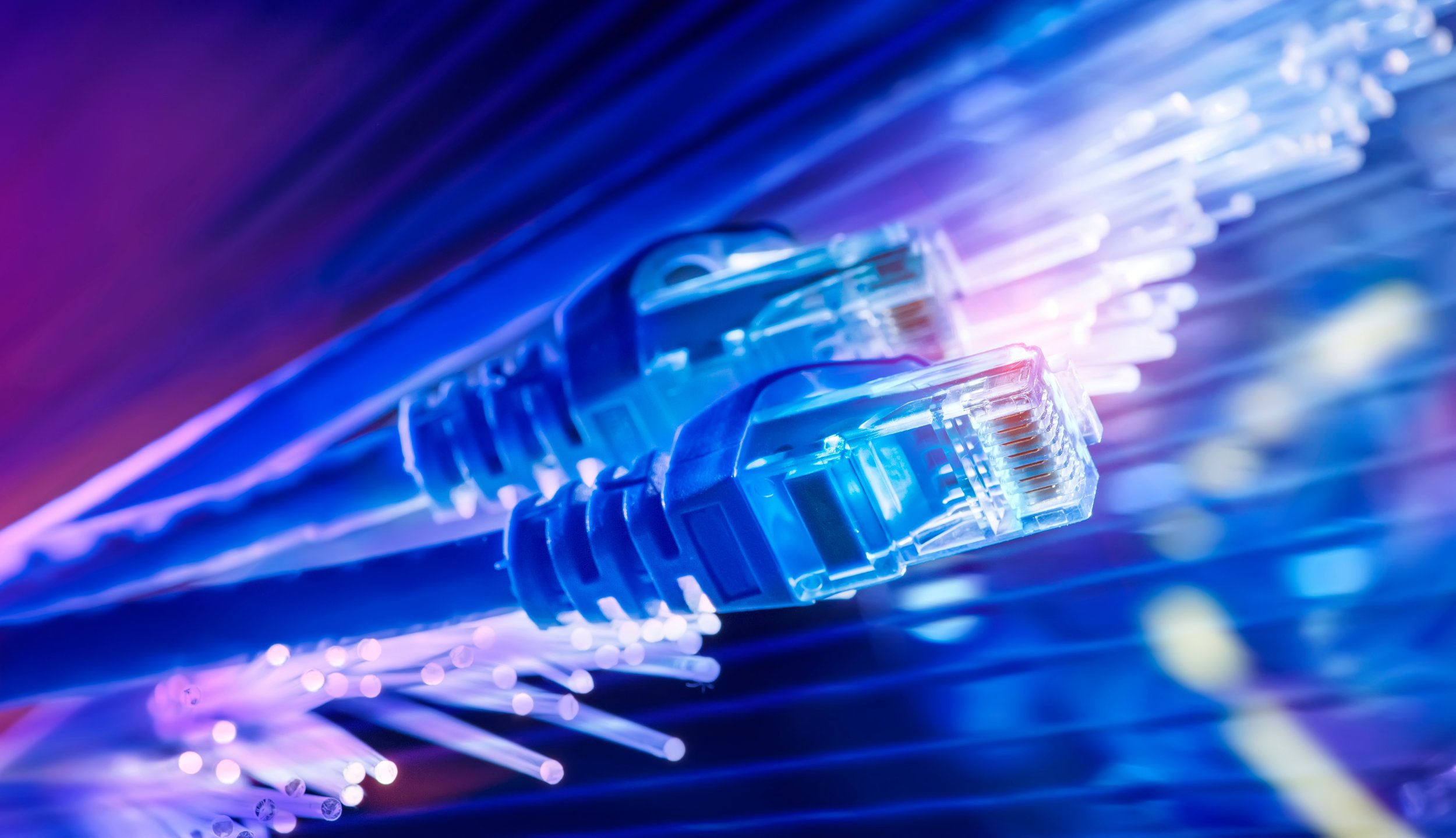The Benefits of Proper Cable Management
Proper cable management refers to the practice of organizing and arranging cables in a neat and systematic manner. It involves using various techniques and tools to ensure that cables are organized, labeled, and secured properly. While it may seem like a minor concern, implementing good cable management practices can offer several benefits, both in terms of aesthetics and functionality. Here are some of the key benefits of proper cable management:
Improved organization: One of the most apparent benefits of cable management is improved organization. By organizing cables systematically, you can easily identify and trace specific cables when needed. This reduces the time and effort required for troubleshooting, maintenance, and equipment upgrades.
Enhanced aesthetics: Proper cable management helps create a clean and clutter-free environment. Tangled and messy cables not only look unprofessional, but also pose safety hazards. By neatly routing and concealing cables, you can improve the overall aesthetics of a space, such as an office, data center, or entertainment setup.
Easy maintenance: Well-managed cables make maintenance tasks more efficient. When cables are neatly organized and labeled, it becomes easier to identify and access specific cables without accidentally disturbing others. This simplifies tasks such as adding or replacing equipment, performing repairs, or reconfiguring network setups.
Improved airflow and cooling: Cable clutter can obstruct the flow of air within a computer case or server rack, leading to increased heat buildup. Proper cable management allows for better airflow, which helps dissipate heat more effectively. This can improve the overall cooling efficiency of equipment and contribute to their longevity and performance.
Reduced risk of damage: When cables are not properly managed, they are more susceptible to damage. Loose cables can be tripped over, pulled, or snagged accidentally, leading to disconnections or physical harm to the cables themselves. By securing cables and routing them away from high-traffic areas, you can minimize the risk of accidents and extend the lifespan of your cables.
Enhanced safety: Good cable management practices promote safety in various ways. Neatly organized cables reduce the risk of fire hazards caused by overheating or electrical short circuits. Properly labeled cables also enable easier identification of power, network, or audio/video cables, reducing the likelihood of accidental disconnections or the incorrect plugging of devices.
Improved scalability and future-proofing: As technology evolves and new devices are added or replaced, having a well-organized cable infrastructure makes it easier to accommodate changes. Proper cable management ensures that cables are easy to access, trace, and reconfigure when necessary, allowing for more efficient scaling and future-proofing of your setup.
In summary, proper cable management offers numerous benefits, including improved organization, enhanced aesthetics, easy maintenance, better airflow and cooling, reduced risk of damage, enhanced safety, and improved scalability. By investing time and effort into cable management, you can create a more efficient, professional, and safer environment for your equipment and users.


